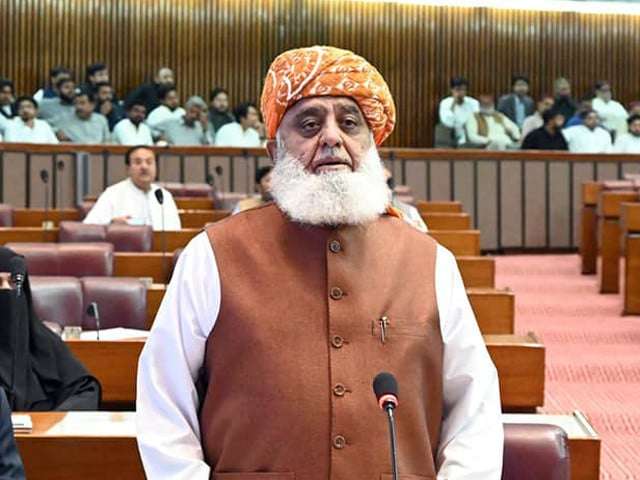Introduction
The term “reforms” has been so frequently misused in Pakistan that any mention of reform often feels like an empty promise rather than a tangible step toward meaningful change. The newly released Pakistan Reforms Report (PRR) 2025 by Mishal Pakistan claims that the government has introduced “more than 100 reforms” in 2024. However, a closer examination of this report raises serious concerns regarding the authenticity and impact of these so-called reforms.
Understanding the Pakistan Reforms Report 2025
Claims vs. Reality
The PRR 2025 highlights various government initiatives, including the privatization of seven loss-making State-Owned Enterprises (SOEs) in January 2025. However, the absence of specific names of these enterprises raises doubts about the validity of this claim. Given that the last successful privatization transaction occurred in February 2024, the assertion that major privatization has taken place in 2025 lacks credibility.
Moreover, while the government has abolished 150,000 vacant public sector positions to reduce anticipated expenditures, the financial losses incurred by commercial SOEs continue to burden the economy. In sectors like transport and energy, mismanagement remains a significant challenge, undermining the effectiveness of any alleged reforms.
Economic Competitiveness and Investment Climate
The World Economic Forum, with Mishal Pakistan as its country partner, publishes the Global Competitiveness Report, which assesses economies based on key pillars such as business efficiency, innovation, and market competitiveness. Surprisingly, instead of an in-depth analysis of Pakistan’s global standing, PRR 2025 merely praises the Special Investment Facilitation Council (SIFC) for its role in supporting economic growth. While the SIFC has made some contributions to investment facilitation, the report fails to reference essential competitiveness indicators.
According to the latest Global Competitiveness Report, Pakistan ranks 110 out of 140 countries, highlighting the need for structural changes in areas such as tax policies, regulatory efficiency, and infrastructure development. The ongoing economic constraints, coupled with high bureaucratic inefficiencies, indicate that superficial claims of progress cannot replace genuine reformative measures.
Key Areas Where Reforms Are Needed
1. Fiscal and Pension Reforms
One of the significant claims in PRR 2025 is that pension reforms could save Rs. 1.7 trillion over the next decade through a new contribution fund scheme introduced in 2024. However, since this scheme applies only to new government recruits, its financial impact will take years to materialize. Meanwhile, pension expenditures remain a significant concern, with Rs. 1.2 trillion spent in FY24 alone, and an additional 15% increase announced in the FY24-25 budget.
Countries like Chile and India have successfully implemented structured pension reform models that reduce long-term liabilities. Pakistan must adopt similar strategies to ensure fiscal sustainability.
2. Taxation and Business Climate
Pakistan’s tax system remains highly complex, discouraging both local and foreign investment. The report fails to address necessary policy-driven tax reforms, focusing instead on technological improvements that, while beneficial, cannot resolve the deep-rooted inefficiencies in the taxation framework.
For Pakistan to enhance its ease of doing business, it must address issues such as high corporate tax rates, bureaucratic hurdles, and inconsistent regulatory policies. Without tackling these structural bottlenecks, Pakistan’s global competitiveness ranking will continue to suffer.
3. Transparency in Governance
Another major shortcoming of PRR 2025 is the misclassification of administrative actions as reforms. For instance:
- Establishing new regulatory authorities does not qualify as reform unless these institutions lead to substantial governance improvements.
- Restricting government-sponsored trips may be a cost-cutting measure, but it is not a reform in the true sense.
Real reform entails measurable improvements in governance, accountability, and efficiency, rather than policy announcements without effective execution.
Future of Reform in Pakistan
To achieve sustainable economic growth, Pakistan must shift its focus from mere policy announcements to tangible, implementable strategies. Some areas where the country can introduce meaningful reforms include:
- Public Sector Efficiency – Addressing inefficiencies in SOEs through restructuring rather than vague privatization claims.
- Investment-Friendly Regulations – Creating a streamlined regulatory framework that facilitates business growth.
- Technological and Digital Transformation – Promoting innovation and digital infrastructure development to enhance productivity.
If the government genuinely wants to bring change, it must prioritize real transformation over rhetorical claims.
FAQs
1. What is the Pakistan Reforms Report 2025?
The Pakistan Reforms Report 2025 is a publication by Mishal Pakistan that highlights various government-claimed reforms undertaken in 2024. However, its accuracy and credibility have been questioned due to a lack of transparency.
2. Have significant economic reforms been implemented in Pakistan recently?
While some reforms have been introduced, many are either continuations of past policies or administrative measures that do not constitute actual structural changes.
3. What is the impact of pension reforms on Pakistan’s economy?
The pension reforms are expected to save Rs. 1.7 trillion over a decade but will take years to show any tangible impact since they apply only to new government recruits.
4. Why is Pakistan ranked low in global competitiveness?
Pakistan struggles with issues such as high bureaucratic inefficiencies, weak infrastructure, complex tax regulations, and a lack of innovation, all of which contribute to its low global ranking.
5. How can Pakistan implement real reforms?
Genuine reforms require structured changes in tax policy, governance efficiency, and economic strategy, rather than superficial administrative measures.



